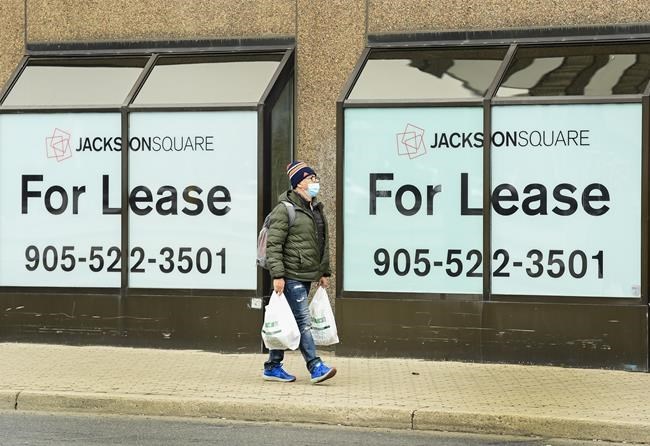Consumer insolvencies were up 16.3 per cent in November 2022 compared with the same month the year prior, and business insolvencies were up 58.3 per cent.
Meanwhile, consumer insolvencies for the 12-month period ended Nov. 30, 2022 were up 9.5 per cent compared with a year earlier.
Business insolvencies for the 12-month period were up 37.8 per cent.
Total insolvencies in November 2022 were up 7.3 per cent month over month, and up 17.5 per cent year over year.
Insolvency firm Bromwich+Smith said consumer insolvencies in November were at their highest level since March 2020.
"This is the first time we have seen numbers close to pre-pandemic levels," said licensed insolvency trustee Michelle Statz in a news release from Bromwich+Smith.
During the pandemic, consumer and business insolvency numbers dropped as emergency aid helped buoy individuals and firms alike.
Consumer insolvencies in November 2022 were still below pre-pandemic levels, down more than 20 per cent compared with November 2019.
The same was true of the 12-month period ended Nov. 30, which saw consumer insolvencies down almost 27 per cent compared with the same period ending in 2019.
"With the end of government benefits such as CERB and the onset of record inflation, it was just a matter of time until the other shoe would drop, and people would start to feel the full effects," said Statz.
However, business insolvencies surpassed pre-pandemic numbers for the month, up almost 20 per cent compared with November 2019, though they were still down nine per cent for the 12-month period compared with pre-pandemic numbers.
The Canadian Association of Insolvency and Restructuring Professionals (CAIRP) urged consumers struggling with debt to reach out to a professional before they reach the point of needing to file for bankruptcy.
"Some mistakenly believe bankruptcy is their only option. In reality, there are non-insolvency options that can help an individual avoid bankruptcy," said CAIRP chair Jean-Daniel Breton in a news release.
The rise in consumer insolvencies for the 12-month period was driven by consumer proposals, which are less severe than bankruptcies, which were up 18.9 per cent and made up three-quarters of all consumer insolvencies.
The industries that saw the biggest increases in insolvencies for the year were accommodation and food services and construction, while mining, oil and gas extraction, and finance and insurance saw the biggest decreases in insolvencies.
This report by The Canadian Press was first published Jan. 5, 2023.
The Canadian Press



